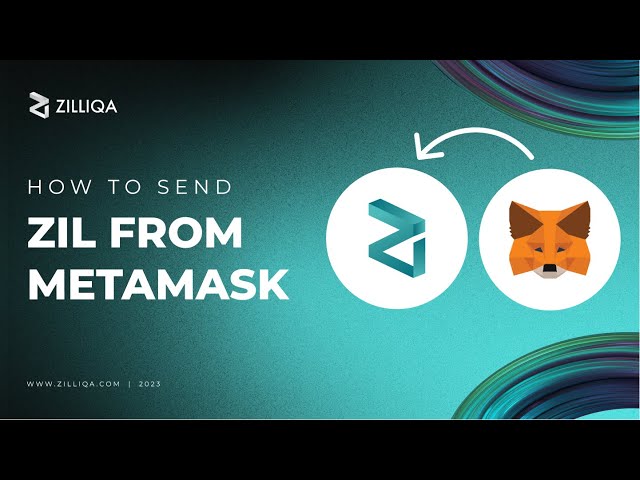ZILLIQA (ZIL)
A blockchain created to solve Ethereum's scalability and transactions processing problems.Zilliqa is a software that seeks to incentivize a global, distributed network of computers to run a blockchain platform that aims to increase user scalability through sharding.

Background Behind Zilliqa (ZIL)
The project began in 2017 and was founded by a team of researchers from the university of Singapore. The team later founded a company called Zilliqa research, to direct the development of the Zilliqa project.
The network’s main net went live in January 2019.
The project held an Initial Coin Offering (ICO) of the ZIL token in 2017, at the time raising over $22 million in ETH.
Zilliqa (ZIL) Basics
The Zilliqa network offers many features common to other cryptocurrency networks such as smart contracting, transaction settlement, and token issuance.
Unlike most blockchain networks, Zilliqa does not use a proof-of-work consensus algorithm. Instead, Zilliqa uses a consensus algorithm that is a combination of practical Byzantine fault tolerance and proof-of-work.
Developers can use its proprietary language, Scilla, to run custom programming logic (smart contracts) and design new programs (decentralized applications) to offer a variety of products and services.
In this way, Zilliza is one of a number of competing blockchain aiming to grow an ecosystem of decentralised applications and cryptocurrencies, such as Ethereum, Tron and EOS.
To differentiate itself from others, Zilliqa uses a sharding process which splits its infrastructure into several interconnected blockchains to support more transactions.
Sharding is a structural technique that splits the network into several pieces, or shards, allowing nodes to only process a fraction of the network’s transactions.
Each shard acts as its own blockchain and allows nodes assigned to them to store data, process transactions and add new blocks to their specific shard chain, called microblocks.
Microblocks are then combined into a transaction block by Directory Service Nodes to be added to the Zilliqa blockchain.
The shard nodes contain a specific subset of the Zilliqa blockchain, and do not have to store Zilliqa’s entire history.
Note that the central to Zilliqa is the Practical Byzantine Fault Tolerance (pBFT) governance mechanism that keeps the distributed network of computers in sync.
Zilliqa Blockchain
Zilliqa is a blockchain network with high levels of scalability due to its early implementation of sharding technology.
ZIL was first created as an ERC-20 token on the Ethereum network and made available through a token generation event that ended in January 2018. Once the Zilliqa mainnet was launched, ZIL tokens were transferred in a token swap event that ended in February 2020.
Zilliqa Staking
In order for nodes to power the blockchain and vote on changes, they must first stake ZIL, meaning that anyone who owns ZIL can help operate the network. Using pBFT, all nodes assigned to specific shards must agree before a microblock is finalized and combined into a transaction block.
By owning and staking ZIL, users gain the ability to vote on network upgrades, with each vote being proportional to the amount of ZIL coin they stake.
Zilliqa Mining
Mining Zilliqa benefits from a unique mechanism that combines proof of work (PoW) for Sybil resistance and practical byzantine fault tolerance (PBFT) for consensus.
ZIL can be mined in short, fast bursts, allowing you to save on energy costs, paving the way for a more sustainable future.
Zilliqa (ZIL) Transactions Fee Speed
Sharding allows for a large number of transactions per second so the cost of each transaction is low.
Sharding also means that as more people start to use the blockchain its capacity can be increased by just increasing the sharding.
Zilliqa is a top gainer because it has one of the fastest transaction speeds in the cryptocurrency industry. Zilliqa can process around 2,400 transactions per second.
Zilliqa Supply
Zilliqa Similar to many other cryptocurrencies, the supply of ZIL is limited, meaning that according to the software’s rules, there will only ever be 21 billion ZIL.
Zilliqa (ZIL) Security and Safety
The Zilliqa Crypto Network has three parameters ensuring safety, namely, Practical Byzantine Fault Tolerance, its elliptic-curve encryption as well as Scilla.
Zilliqa Volatility
Zilliqa has a volatility of 7.01 and is 7.54 times more volatile than NYSE Composite. 61 of all equities and portfolios are less risky than Zilliqa.
Review and Final Thoughts on Zilliqa (ZIL)
If you want to build a decentralized application or blockchain network that requires high transaction throughput, you might be interested in Zilliqa. Zilliqa was created to solve the transaction processing and scalability problems that plague Ethereum. For example, the Ethereum blockchain processes about 15 transactions per second.
That is why Zilliqa opted to use a sharded-database to achieve higher scalability and better transaction processing than other crypto networks.

